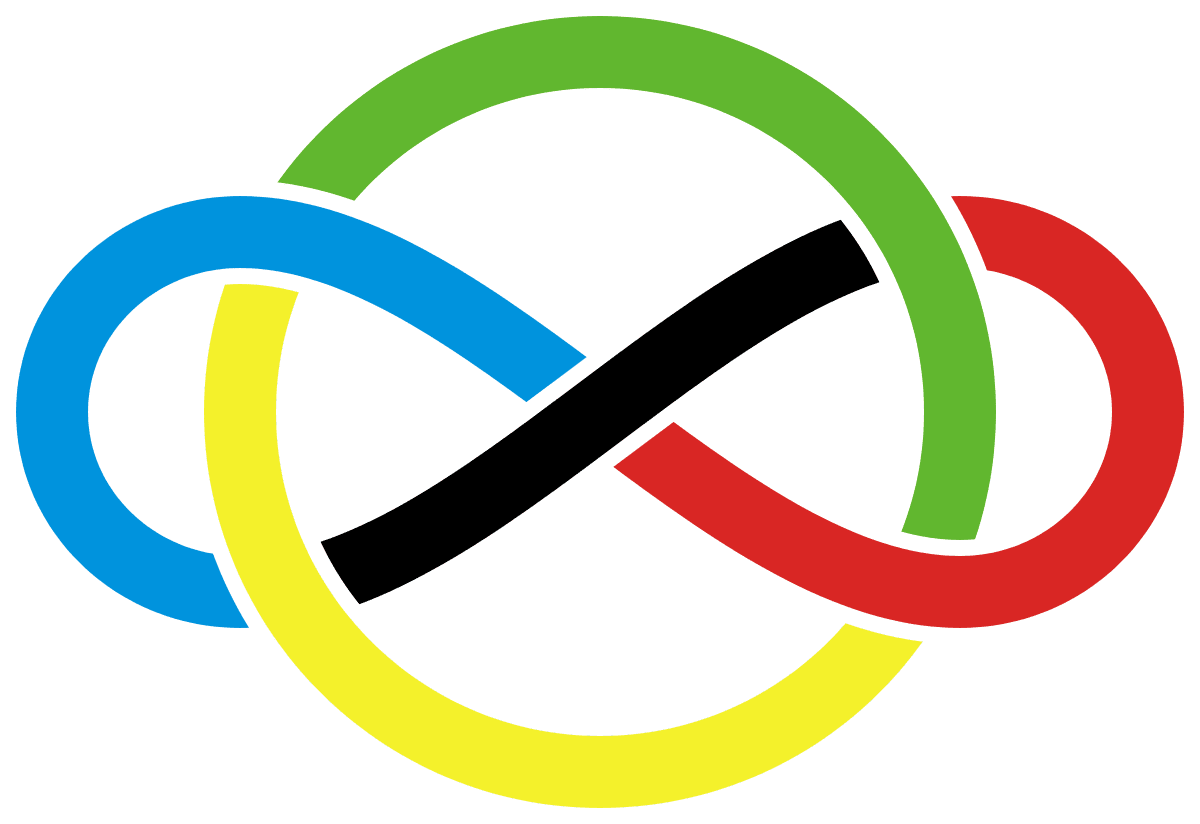There is so much written on the Internet about how DID numbers worked or how they can help you with your business. Unfortunately, only a few were dedicated to the origin and history of DID numbers, and how they emerged in this changing world of communication. Without further ado, let us tackle the history of this indispensable virtual number.
How did Direct Inward Dialing (DID) numbers start?
Direct Inward Dialing (DID), which is also called Direct Dial-In (DDI) in Europe is a type of telecommunication service that is being offered by many VoIP service providers. One noticeable and striking feature is that it offers multiple numbers to the Private Branch Exchange (PBX). It then conveys the dialed phone number to the PBX so a PBX extension can be accessed by an outside caller.
But before you get overwhelmed, let’s talk about private exchanges and how are they related to DID.
Private Exchanges explained

To make it possible to dial any number without the intervention of an operator – although you’ll still be connected by one to your desired extension whenever you call a business – you’ll be connected to a switchboard that is known as “private branch exchange” or PBX for short.
However, as our technology continues to evolved and refine existing engineering, the PBX system was converted to PABX or Private Automatic Branch Exchange. In short, PABX is a type of PBX. With this transformation of PBX to PABX, a caller can now possibly dial a number of a particular company and then its extension number.
The upgrade made to PBX systems clearly signifies a major leap for both consumers and enterprises. Before, there would only be one number per building assigned. With the existence of DID, it crosses that limited communication barrier. Now, several numbers can be successfully applied to a single building.
There are PBX systems that are office-based and therefore software-driven. Office-based PBX system has consoles to which an administrator assigns a number to a particular endpoint. Currently, most businesses use the cloud-based PBX systems calls can be conveyed over the Internet to any desired location across the world in a fraction of a second.
As you can see, the emergence of DID numbers is a breakthrough since it opens up the once-limited traditional office space to the whole world. As a result, employees are not confined and limited to work in a specific space anymore. Now, they have the freedom to work even from the comfort of their homes or can become digital nomads, which means they can work from a physical office or a sunny beach in the Philippines. Take note that regardless of their locations, they are not “out of the office working,” technically speaking.
As a sort of example, if you have 25 employees in your organization and each of them has a separate phone number or extension number within a physical location, you can easily rent 10 or 15 physical trunk lines from the service provider that will allow your organization to take 10 or 15 phone calls simultaneously. If there are more than 15 callers, those not answered yet will be put in a queue and they have to wait for an available line or if set up, they can be directed to a voice mail system.
In the early days, offices have one phone number for each office. Then an office would have a switchboard that receives all incoming calls. The caller would then ask the switchboard operator to be connected to his or her desired person or department in the organization. What the operator will do is to look up the extension number of that person and then transfer the call.
With the introduction of the PBX system, there is no need for the intervention of a switchboard operator since the call transfer becomes automated. All the caller would do is to wait for a message and hit the right button for the extension number to reach the right individual or department.
When DID numbers were established, businesses acquired bulk of telephone numbers where the last four digits provide the extension number for internal calls. However, outside callers have the freedom to dial in directly to the appropriate extension by calling the number of that person or department.
To make it more vivid in detail, the situation would go like this: all calls would be directed to any number within the PBX, which in turn would detect the last four numbers or digits of the dialed number and then switch the call to the right extension.
What are DID numbers used for?

DID has enhanced the expansion of the telecommunication system in partnership with PBXs. It is now possible to create group calls and ringing groups. Additionally, it conveys video as easily as transmitting voice calls. Calls can now be integrated into social media platforms.
DID numbers have also enabled a very flexible work strategy that results in remarkable outputs. Think of calls nowadays that are received through cellphones.
What are the benefits of DID numbers for customers and clients?
DID numbers presented vast opportunities for companies to enhance their marketing strategies to their present and future clients. Some of the benefits are:
- Enhanced business image
- Flexible working schedules
- Cost savings in terms of physical office space and equipment
DID numbers certainly offer a complete transformation not just in communication with customers, but with the enhancement of marketing campaigns as well.
Final words
A new and exciting way to communicate with your customers and prospects is thru DID numbers. Aside from the ease of communication, DID numbers also established a local and international presence that promotes trust and earns loyalty from clients.
If getting a DID service sounds interesting to you, don’t hesitate to reach the Telnum service provider. Telnum is committed to helping you establish a business presence with virtual phone DID numbers that are affordable and yet reliable. It offers VoIP numbers, Toll-free numbers (buy this one at https://telnum.net/services/toll-free-numbers/), Virtual Fax numbers, Virtual SMS, and multi-channel virtual phone numbers across the globe.








